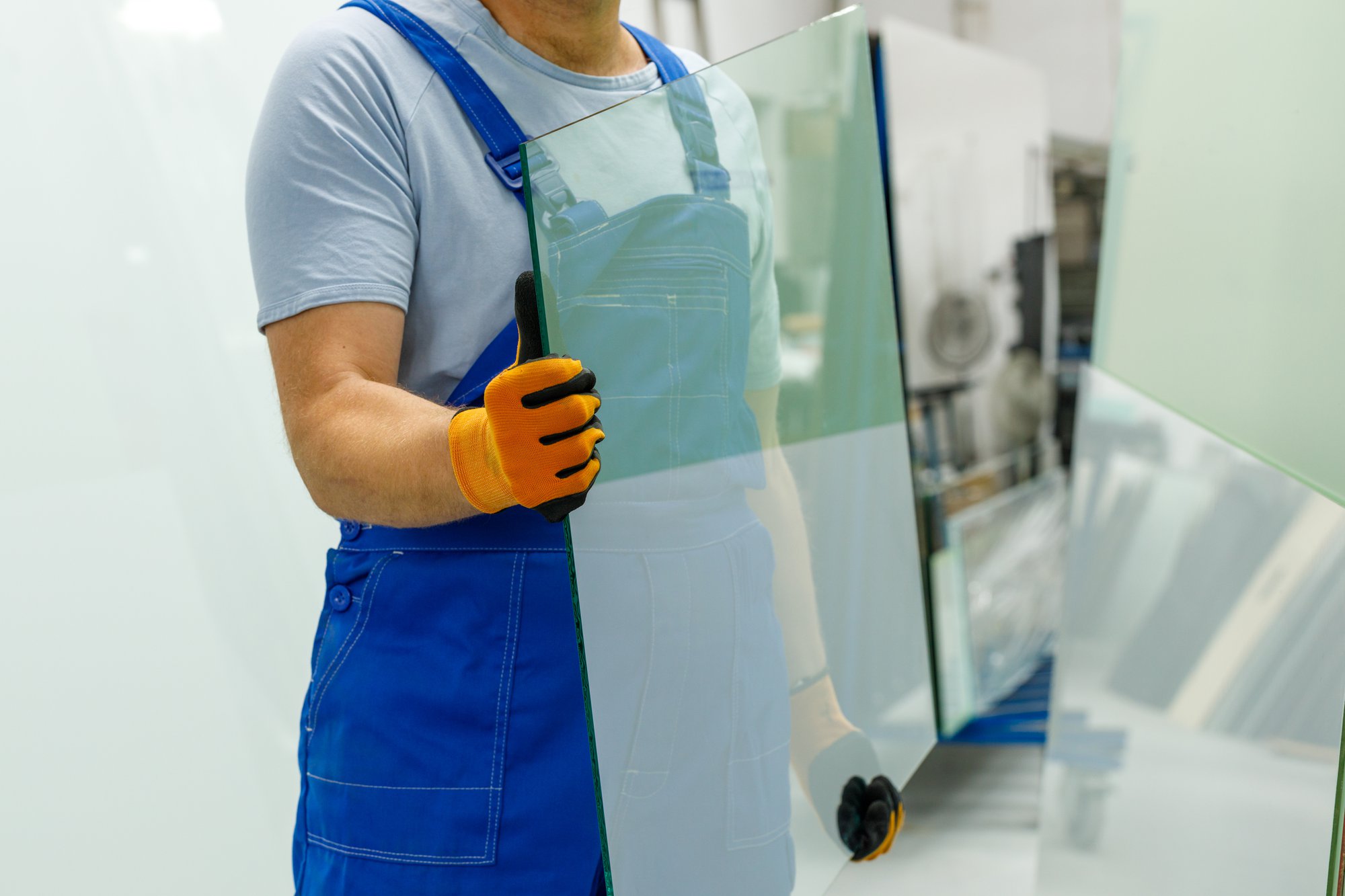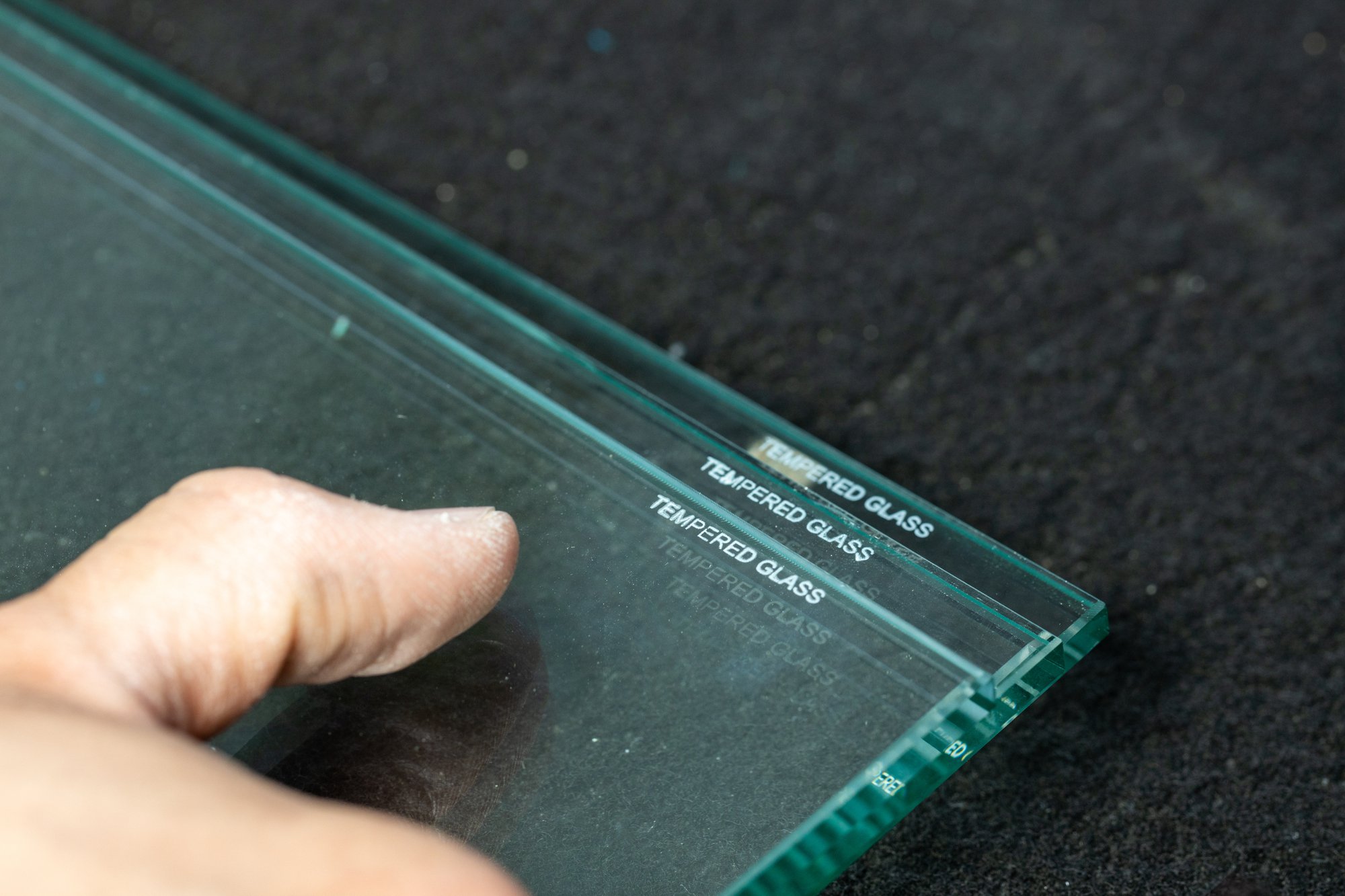Energy-efficient windows have a profound impact on both energy consumption and cost savings. By comparing the energy savings potential of low-emissivity (low-E) and high-emissivity (high-E) windows, we can uncover the significant benefits they offer. In this article, we will look at the environmental advantages of energy-efficient windows, explore the technical aspects of their design, and provide practical guidance on selecting and implementing these transformative windows.

Comparing Energy Savings: Low-E vs. High-E Windows
Energy-efficient windows play a pivotal role in reducing energy consumption and costs. When comparing low-emissivity (low-E) and high-emissivity (high-E) windows, the difference in energy savings becomes evident. Here's a closer look at the comparative energy efficiency of these window types:
Low-E Windows:
- Low-E windows are designed to minimize the transfer of heat, effectively reducing energy loss and enhancing insulation.
- These windows are particularly effective in colder climates, where they help retain indoor heat, leading to lower heating costs.
- By reflecting a significant portion of the sun's ultraviolet rays, low-E windows also prevent furniture and flooring from fading due to sun exposure.
High-E Windows:
- High-E windows are engineered to allow a higher level of solar heat gain, making them more suitable for colder climates where passive solar heating is beneficial.
- These windows are adept at capturing and retaining heat from sunlight, thereby reducing the need for additional heating in the building.
- In warmer climates, high-E windows can help minimize the reliance on artificial heating, contributing to energy savings.
Understanding the distinct energy-saving properties of low-E and high-E windows can help businesses make informed decisions based on their specific climate and energy needs.
Environmental Benefits of Energy-Efficient Windows
Energy-efficient windows not only offer economic benefits but also contribute significantly to environmental sustainability. Here's a closer look at the environmental advantages of these windows:
Reduced Carbon Footprint:
- Energy-efficient windows help reduce the reliance on artificial heating and cooling, leading to lower energy consumption and subsequently, reduced carbon emissions.
- By minimizing the need for excessive energy use, these windows play a crucial role in mitigating the environmental impact of buildings.
Energy Conservation:
- The implementation of energy-efficient windows aligns with the global push for energy conservation, contributing to a more sustainable and eco-friendly built environment.
- Reduced energy consumption translates to lower demand on power grids, promoting overall energy efficiency and resilience.
The Science Behind Energy-Efficient Window Design
Energy-efficient window design involves a combination of technical elements that work together to enhance insulation and energy performance. Here's a breakdown of the key components:
Insulation:
- Energy-efficient windows feature advanced insulation materials and techniques to minimize heat transfer, keeping indoor spaces comfortable while reducing the need for excessive heating or cooling.
Glazing:
- The glazing of energy-efficient windows is designed to control the amount of heat and light that enters the building, optimizing energy efficiency without compromising natural light.
Framing:
- The framing of these windows is engineered to provide structural support while minimizing thermal conductivity, ensuring that the window system contributes to overall energy conservation.
Understanding the science behind energy-efficient window design helps businesses make informed decisions when selecting windows that align with their energy efficiency and sustainability goals.

Transform Your Space: Implementing Energy-Efficient Windows
Selecting and implementing energy-efficient windows involves a strategic approach to maximize their benefits. Here are practical steps to guide the process:
Assessment:
- Begin by assessing the specific energy needs and climate considerations of the building to determine the most suitable type of energy-efficient windows.
Consultation:
- Engage with window manufacturers or suppliers who specialize in energy-efficient solutions to gain insights and recommendations tailored to the building's requirements.
Installation:
- Work with experienced glazing contractors to ensure the proper installation of energy-efficient windows, optimizing their performance and energy-saving potential.
Maintenance:
- Establish a maintenance plan to uphold the longevity and efficiency of the windows, ensuring that they continue to deliver optimal energy performance over time.
By following these practical guidelines, businesses can effectively transform their spaces with the implementation of energy-efficient windows, reaping the associated benefits of energy savings and environmental sustainability.
Revolutionizing Spaces with Energy-Efficient Windows
The implementation of energy-efficient windows offers a dual advantage, providing significant energy savings for homeowners while contributing to environmental sustainability. By comparing the energy-saving potential of low-E and high-E windows, businesses can make informed decisions based on their specific climate and energy needs. The environmental benefits of energy-efficient windows extend beyond individual buildings, making a positive impact on a larger scale by promoting energy conservation and reducing carbon emissions.
For further information on energy-efficient windows and their transformative benefits, visit Insul-Lite Manufacturing.





